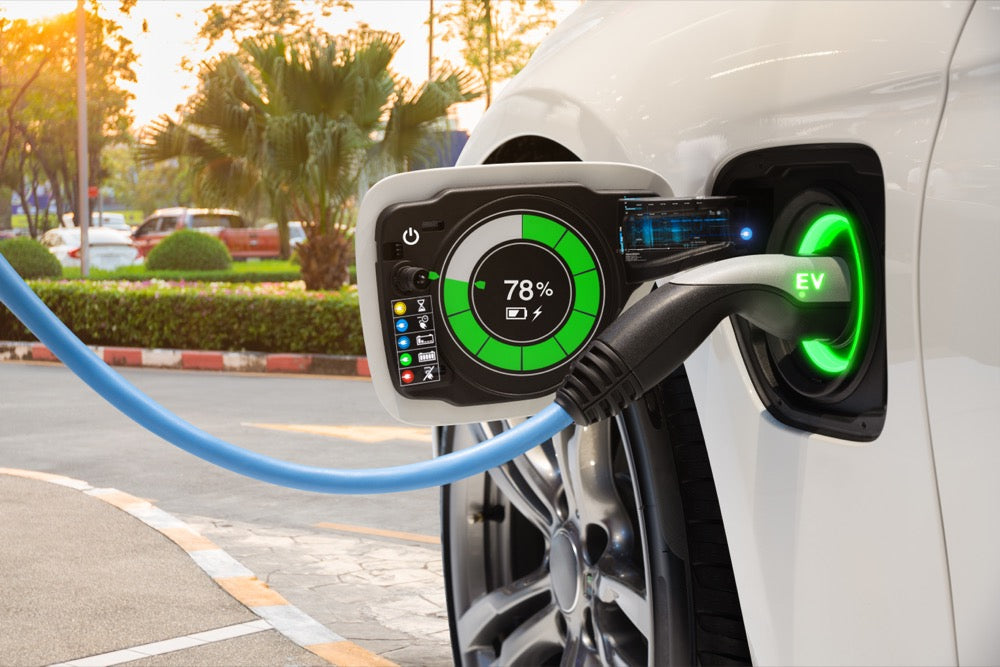
Electric Vehicle Charging: The Future of Transportation Infrastructure
Share

In the rapidly evolving world of transportation, electric vehicle (EV) charging has emerged as a cornerstone of sustainability and innovation. As electric vehicles become increasingly prevalent, the demand for robust, efficient, and accessible EV charging infrastructure is accelerating. For forward-thinking investors, this burgeoning sector represents an unparalleled opportunity to shape the future of mobility while reaping substantial returns.
Understanding EV Chargers
Electric vehicle chargers are the lifeline of EVs, delivering energy to their batteries with varying speed and efficiency. Advanced charging stations now offer smart features like cellular connectivity, network access, and integration with smart meters, enhancing user convenience. Charging solutions are categorized by their power levels:
1. Level 1 Charging: Suitable for home use; slower but cost-effective.
2. Level 2 Charging: Ideal for residential and commercial settings, offering faster charging speeds.
3. Level 3 Charging (DC Fast Charging): Provides rapid energy transfer for on-the-go charging.
With lower maintenance costs than traditional vehicles and the potential to drastically reduce carbon emissions, EVs are driving the global shift toward cleaner transportation.
Types of EV Charging Solutions
1. Off-Board Top-Down Pantograph
· Mounted on poles or bus stops, this system charges public transport vehicles wirelessly.
· Demonstrated successfully in Singapore, Germany, and the U.S., it offers high-power, automated charging for buses.
2. On-Board Top-Up Pantograph
· Installed directly on buses, this solution leverages existing DC networks like tramway systems.
· Ideal for cities with limited charging infrastructure, although slower due to on-board constraints.
3. Charging via Connector
· Plug-in DC chargers offer a cost-effective, scalable solution for rapid EV charging.
· Compatible with Open Charge Point Protocol (OCPP), enabling seamless integration with various systems.
Post-Pandemic Surge in EV Charging
While the COVID-19 pandemic disrupted the automotive sector, it catalyzed the growth of home charging stations. Remote work and lockdowns highlighted the convenience of charging at home, a trend that continues to shape consumer behavior.
Moreover, innovations like wireless and bidirectional charging are transforming the EV ecosystem. These technologies enhance efficiency and convenience, paving the way for a more connected and sustainable future.
Global Trends in EV Charging: U.S. and China
United States: Leading with Ambition
The U.S. is witnessing exponential growth in EV charging infrastructure:
· Energy Demand: By 2030, EVs will require 53 billion kilowatt-hours, a 20-fold increase from 2020.
· Government Initiatives: The Bipartisan Infrastructure Law allocates $5 billion for EV chargers along interstate highways, aiming to deploy hundreds of thousands of stations nationwide.
· Environmental Impact: Stricter emission regulations and increased public awareness drive adoption, with major cities prioritizing cleaner air through EV integration.
With EV leaders like Tesla, Ford, and General Motors expanding their portfolios, the U.S. is poised for unprecedented growth in the EV charging market.
China: A Powerhouse in EV Adoption
China dominates the global EV market, with 2.4 million EVs sold in the first half of 2022 alone. Key drivers include:
· Government Support: Subsidies for new energy vehicles (NEVs) and ambitious plans to expand fast-charging infrastructure.
· Public Charging Stations: Over 616,000 AC charging outlets by November 2021, ensuring accessibility across urban and rural areas.
· Industry Growth: The taxi, bus, and light vehicle segments are adopting EVs at scale, bolstered by rapid advancements in charging technology.
China’s commitment to electrification underscores its vision of leading the global energy transition, with a projected demand for 20 million EVs by 2025.
Competitive Landscape
Major players are innovating aggressively to capture market share. Leading companies include:
· ChargePoint: Dominating the U.S. with a vast network of stations.
· Shell: Diversifying into EV charging as part of its clean energy pivot.
· TELD: A Chinese leader driving infrastructure expansion.
· Tesla: Revolutionizing charging with Supercharger networks and proprietary technology.
· ABB: Pioneering smart, scalable solutions for public and private use.
These companies are leveraging strategies like new product launches, collaborations, and acquisitions to stay ahead in a competitive market.
Why Invest in EV Charging Infrastructure?
1. Market Growth: The EV industry is projected to expand exponentially, driving demand for charging solutions.
2. Government Incentives: Policies worldwide are encouraging EV adoption, with substantial funding for infrastructure development.
3. Technological Innovation: Advancements in wireless and bidirectional charging enhance scalability and user experience.
4. Sustainability: EVs and their supporting infrastructure are critical to reducing global carbon emissions.
Conclusion: A Driving Force for the Future
The shift toward electric vehicles is not a question of "if" but "when." EV charging infrastructure is the backbone of this transformation, offering investors an unparalleled opportunity to participate in a high-growth, sustainability-driven market.
By investing in EV charging, you’re not just backing a lucrative industry—you’re accelerating the transition to a cleaner, greener future. Now is the time to drive this change and secure your stake in the mobility revolution.